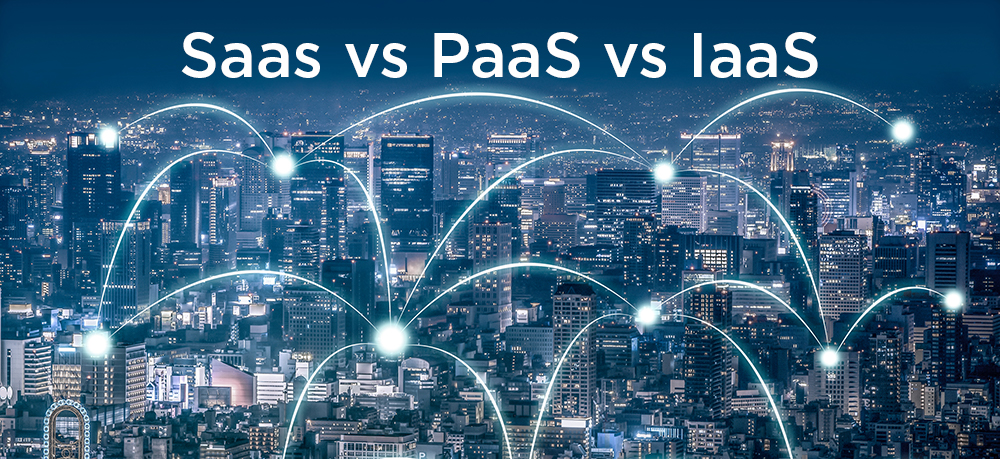The cloud is a hot topic for SMEs/SMBs yet it remains a very broad concept that covers a lot of online territory. When considering switching your business to the cloud it becomes very important to understand the difference between the advantages and disadvantages of the different cloud services. There are usually three models of cloud services to compare:
1. Software-as-a-Service (SaaS)
2. Platform-as-a-Service (PaaS)
3. Infrastructure-as-a-Service (IaaS)
Each of these models, of course, has its own benefits and variances so distinguishing between the three will put you in a position to make the best choice for your organization.
1. Software-as-a-Service (SaaS)
Software-as-a-Service is also known as cloud application services and represents the most commonly used option for businesses in the cloud market. SaaS uses the internet to deliver applications which, in turn, are managed by third-party vendors. Most SaaS applications run directly through a web browser and do not require any downloads or installations. Examples of SaaS include Dropbox and Google Apps.
SaaS provides advantages to both company and employees by reducing the time and money spent on tedious tasks such as installing, managing and upgrading software. This, in turn, frees up time for technical staff to deal with more pressing issues.
SaaS is a beneficial choice for start-ups and small companies that needs to launch e-commerce quickly without server issues or added software. It also works well for short-term projects, applications that aren’t used daily and applications that require both web and mobile access.
2. Platform-as-a-Service (PaaS)
Cloud platform services provide “software development tools, application programming interfaces (APIs) and code to help streamline application development”. Examples of PaaS include Windows Azure, AWS Elastic Beanstalk and OpenShift. PaaS is a good choice to eliminate the costs and complexity of purchasing, configuring and managing your own hardware and software for custom builds. PaaS supports rapid prototyping and development by providing prebuilt backend infrastructure and other relevant resources.
3. Infrastructure-as-a-Service (IaaS)
IaaS entails infrastructure – servers, storage, networking, etc. – being provided and maintained by a third-party provider. One of the biggest benefits associated with IaaS is the fact that both the software and hardware used are virtualized. IaaS is the smart option to quickly grow with the cloud rather than waste large sums of money on purchasing and installing hardware. With IaaS you only pay one monthly fee to use resources allocated to your specific needs and the cloud provider is responsible for maintaining the hardware and virtualized services. Examples include DigitalOcean, AWS and Cisco Metapod.
Read more about phishing:
What is Network Recovery as a Service (NRaaS) and why do I need it?
What is disaster recovery as a service (DRaaS) and is it right for me?
File Archiving as a Service: Save backup costs by moving your data to Stage2Data Cloud Archives



